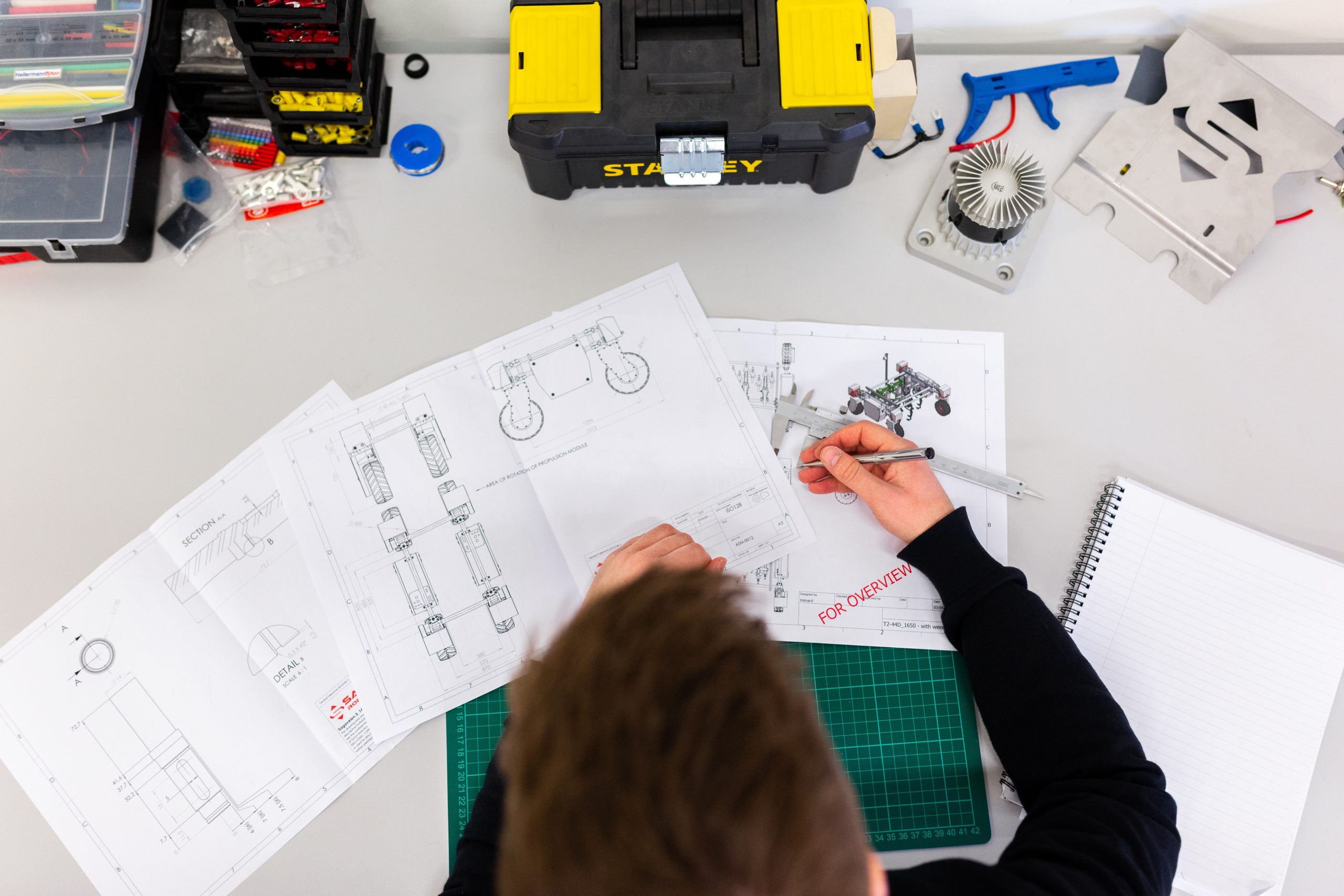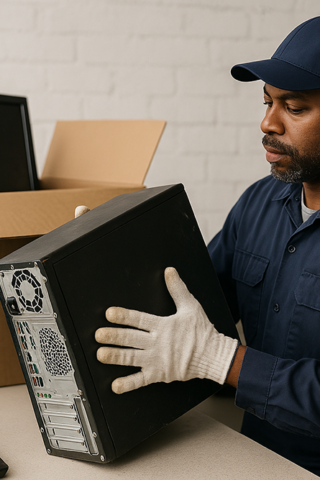Victoria Corless, AdvancedScienceNews.com, October 26, 2023
The “right to repair” movement is gaining momentum on a global scale, advocating for policies that allow consumers to repair the electronic devices they own. This movement has arisen over the past several decades from mounting discontent with the artificial obstacles created by manufacturers, which hinder product owners from independently repairing their equipment.
“Imagine that you spent over a thousand dollars on your laptop just a few years ago, but now it barely holds a charge,” wrote The New York Times. “Without a new battery, you’re tethered to an outlet, which is both wildly inconvenient and not the point of a laptop.
“But it turns out that a new battery is impossible to install anyway, so you feel forced to drop another grand on a new laptop, even though your old one works perfectly fine otherwise. This is actually a near-universal experience, whether it involves a laptop, a phone, or a car.”
Environmental and economic consequences
Though the debate has become somewhat controversial in recent years, it’s important to recognize that the situation was not created by accident. Repair costs that exceed the price of buying a new device, planned obsolescence, and the manufacturing of poor-quality products designed to shorten their lifespan in order to stimulate new purchases are all troubling practices driven by profit motives.
These practices not only harm consumers but also exacerbate the escalating problem of electronic waste, with current estimates predicting that e-waste will reach 75 million metric tons by 2030, with 53.6 million metric tons discarded in 2019.
While policy has been slow to catch up, many see the right to repair as a step toward a more circular economy, one built on re-use.
“The right to repair movement is a stand against this kind of throw-away culture and the cycle of damage that comes with it,” explained Sam Fishlock, a senior teaching fellow at the Engineering and Design Institute-London (TEDI-London), in an email. “It’s a way of giving consumers a more complete ‘ownership’ of the product by ensuring the access to knowledge and spare parts required to repair products and extend their lifespan.
“If our products were designed in such a way that recognizes the components that are likely to fail first — and make them easily replaceable without specialist tools or too much knowledge and guidance, then a lot of waste could be diverted.”








